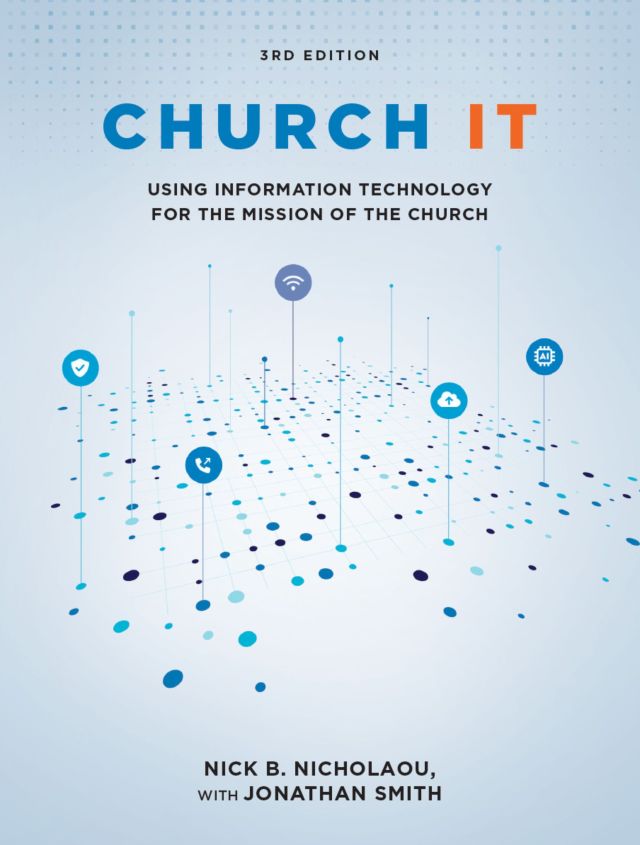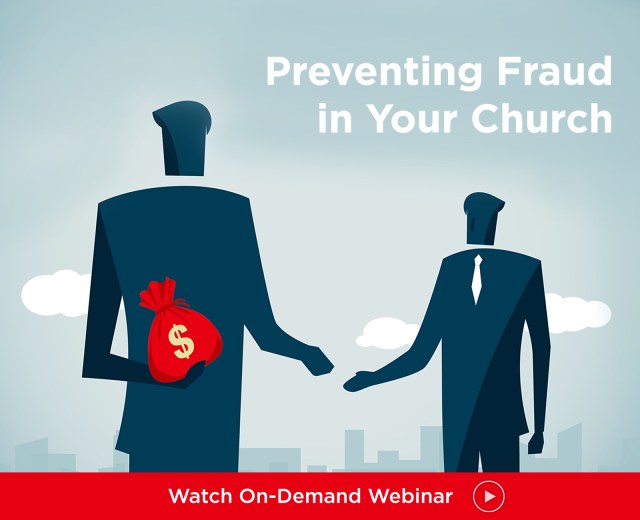• Key point. Unauthorized duplication of copyrighted materials may violate the copyright law.
A federal appeals court ruled that a copyshop violated the copyright law by making “coursepacks” for sale to university students. The copyshop copied substantial sections of copyrighted texts, bound them into coursepacks, and sold them to students who needed them to fulfill reading assignments. A number of publishers of academic texts sued the copyshop for copyright infringement. The copyshop claimed that its copying amounted to permissible “fair use.” A federal appeals court ruled that the copyshop had committed copyright infringement. The court noted that “fair use” is a defense to copyright infringement, but it insisted that this is a narrow exception that did not apply in this case. The copyright law does not define fair use, but it does list four “fair use factors” that may be applied in deciding whether or not the fair use defense is available. Those factors are: (1) the purpose and character of the use; (2) the nature of the copyrighted work; (3) the amount and “substantiality” of the portion used in relation to the copyrighted work as a whole; and (4) the effect of the unauthorized use upon the market or value of the copyrighted work. The court concluded that none of these factors supported a finding of fair use. The purpose and character of the unauthorized use was commercial exploitation. The nature of the copyrighted works was “creative” and “expressive.” The amount of material copied from copyrighted texts ranged from 5 percent to 30 percent of the entire texts. Such percentages “are not insubstantial,” the court concluded. Finally, the market for the copyrighted texts would be significantly affected if copyshops routinely made unauthorized copies of copyrighted texts. The court noted that the Supreme Court has ruled that “one need only show that if the challenged use should become widespread, it would adversely affect the potential market for the copyrighted work.” It concluded that “if copyshops across the nation were to start doing what the [copyshop has] been doing here … the potential value of the copyrighted works of scholarship … would be diminished accordingly.”
The court acknowledged that fair use “guidelines” were adopted by a coalition of authors, publishers, and educators in 1976 to assist in defining fair use in the academic context. And, these guidelines were accepted by congressional committees as part of their understanding of fair use. However, the court concluded that the copyshop’s activities were “light years away from the safe harbor of the guidelines.” The guidelines allow multiple copies for classroom use provided that the following 6 conditions are satisfied: (1) less than 1,000 words are copied; (2) the decision to use the work and the timing of its use for maximum teaching effectiveness are “so close in time that it would be unreasonable to expect a timely reply to a request for permission” to copy; (3) no more than 9 incidents of multiple copying occur during the same academic term; (4) each copy contains a copyright notice; (5) the copying “does not substitute for the purchase” of books or periodicals; and (6) the student is not charged more than the actual cost of copying.
The court concluded that the copyshop was not liable for “willful” damages. Under the copyright law, a person who “willfully” infringes upon the copyright of another may be assessed damages of up to $100,000 per incident. The court concluded that the copyshop had not acted willfully. It concluded that “willfulness” means more than an intent to copy—it means making copies knowing that it constitutes copyright infringement. In this case the copyshop insisted that its actions constituted permissible fair use, and therefore it could not have acted willfully.
Application. This case is relevant to church leaders for the following reasons: First, the case illustrates that the fair use exception to copyright infringement, as well as the so-called “classroom guidelines” defining fair use in the academic context, are narrow. This is especially relevant to churches that operate schools. But it also is relevant in the context of any church’s adult and children’s educational program. Note that the court concluded that copying 5 percent of a copyrighted work is substantial enough to bar the fair use defense. Second, the court’s narrow definition of “willful” will be helpful to any church that is sued for damages based on “willful” copyright infringement. While the damages for willful infringement can be astronomical, they will only apply (according to this court) to persons or organizations that knowingly violate the copyright law. Princeton University Press v. Michigan Document Services, Inc., 99 F.3d 1381 (6th Cir. 1996). [Copyright Law]
© Copyright 1997, 1998 by Church Law & Tax Report. All rights reserved. This publication is designed to provide accurate and authoritative information in regard to the subject matter covered. It is provided with the understanding that the publisher is not engaged in rendering legal, accounting, or other professional service. If legal advice or other expert assistance is required, the services of a competent professional person should be sought. Church Law & Tax Report, PO Box 1098, Matthews, NC 28106. Reference Code: m36 c0397




